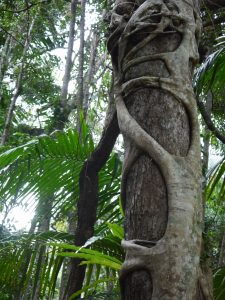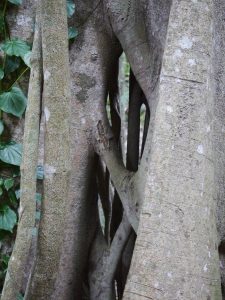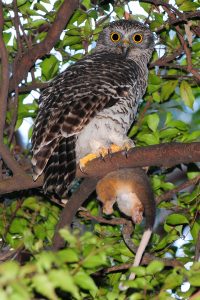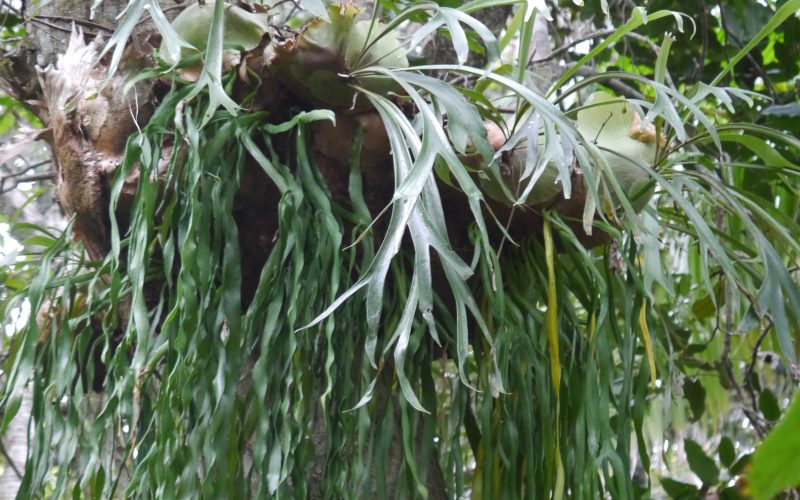Today is our last full day here so we decided to go for a nice walk along the beach and then cut through to the rainforest at Sea Acres National Park. It was terrifically windy here this morning but we braved it along the coast and were treated to some spectacular waves. The air was full of spray from the sea. The national park was excellent and we had a free tour from Steve, a very old volunteer who hails originally from Pevensey Bay, Sussex and knew Norfolk well. We learned a lot from him about the different trees and the ‘Strangler Fig’ in particular that slowly surrounds its host tree until such time as it is large enough to support itself on its roots, and then the host tree dies, leaving a strange-looking hollow tree.


Steve also told us about the ‘Powerful Owl’ which also makes its home here in the coastal rainforest. It stands about 4 feet tall!

We had a lovely lunch at the centre, mine consisted of a chicken and avocado ceaser wrap with bacon and served with sweet potato crisps. Richard had fish and chips and it looked yummy. After we had another walk around the rainforest we made our way back along the beach the way we had come. The beaches were deserted and pristine, no rubbish at all. Not like some of the beaches at home which are filled mostly with various forms of plastic!  I picked up some pumice and a few bits of driftwood, that hopefully I’ll be able to carve into a spoon or two in the next few days. I also made a bit of a study of the local flora, see gallery below. Some beautiful plants and flowers, but not in the rainforest which is mostly different shades of green and brown.
I picked up some pumice and a few bits of driftwood, that hopefully I’ll be able to carve into a spoon or two in the next few days. I also made a bit of a study of the local flora, see gallery below. Some beautiful plants and flowers, but not in the rainforest which is mostly different shades of green and brown.
We returned to the studio just in time, as a squall headed inland and there was a terrific thunderstorm and torrential rain. All gone now though and everything looks refreshed. Now having a well deserved wine and beer respectively and then off to pack ready for the long drive to Byron in the morning.
[foogallery-album id=”910″]

